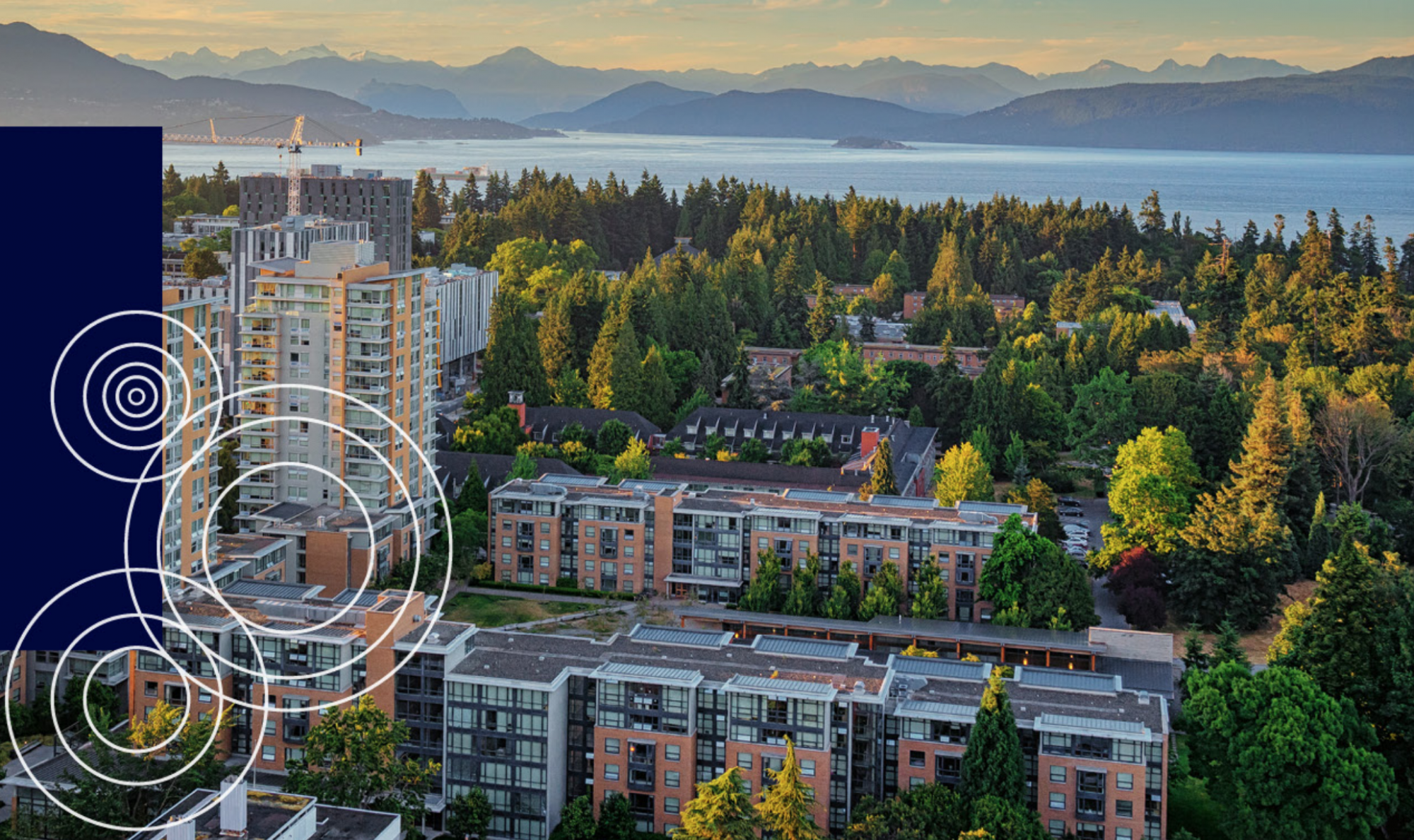Last year, I took ENDS 221, a course describes as an “Introduction to interactions between human and natural urban systems using local and international examples of successful sustainable community designs” focused on Vancouver. Essentially, this class was a whole 4 months focused on the material covered in Week 11 – Healthy Urban Infrastructure Design. The course followed along with his Seven Rules for Sustainable Communities. The rules and some of their basic attributes are as follows.

Rule 1: Restore the Streetcar City
The streetcar routes created the form of the city, with most of the original 1900s roads still in place. Main travel corridors with important services and housing nearby such as 4th Ave and Granville St were originally streetcar arterials. Condon refers to the streetcar city as “ a meta rule for sustainable, low carbon community development” as it captures the at least 4 design rules discussed later on.
Rule 2: Design an Interconnected Street System
Streets following a grid systems make a city more sustainable than a “dendritic” or “tree like” layout (ie, cul-de-sacs, gated communities). Trips are shorter and more distributed with a grid system, as multiple routes are possible, reducing the amount of CO2 emissions from large queues along main branches of a dendritic road. Theses trips are shorter for cars, but also create more enjoyable and more direct trips for pedestrians to access transit and services.
Rule 3: Locate Commercial Services, Frequent Transit and Schools within a 5 minute Walk
The closer the chores or tasks required for daily life are, the more likely resident will be to walk. Being able to walk to a neighbourhood corridor to grocery shop and the flower store creates a sense of place, or belonging in a community. Additionally, ensuring a short walk for children to get to school promotes green modes of transportation and likely means not crossing a major arterial.
Rule 4: Locate Good Jobs close to Affordable Homes
This rule aims to reduce the amount of Green House gas emitted due to commuting by encouraging walking and biking. It is also key to remember that most city jobs don’t have the same effect as industrials jobs, don’t need a lot of space and can fit into a city block, if you build up.
Rule 5: Provide a Diversity of Housing Types
Providing single-family homes, housing co-ops, apartments and laneway houses creates an economically diverse, GHG friendly community. A variety of housing types within a neighbourhood also keeps things interesting and increases density.
Rule 6: Create a Linked System of Natural Areas and Parks
This rule directly corresponds to the Healthy Natural Environments. Utilizing connected green spaces within an urban environment improves air quality and biodiversity and positively benefits the resident’s well being as well.
Rule 7: Invest in Lighter, Green, Cheaper, And Smarter Infrastructure
The final rule focuses on methods and features of a community that influence the environment. The implementation of green roofs, bioswales, and pervious surfaces all infiltrate storm water, while encouraging biodiversity, pleasant human experiences and reducing the heat island effect.
References:
Condon, P.M. (2010). Seven Rules for Sustainable Communities: Design Strategies for the Post-Carbon World. Washington: Island Press.
